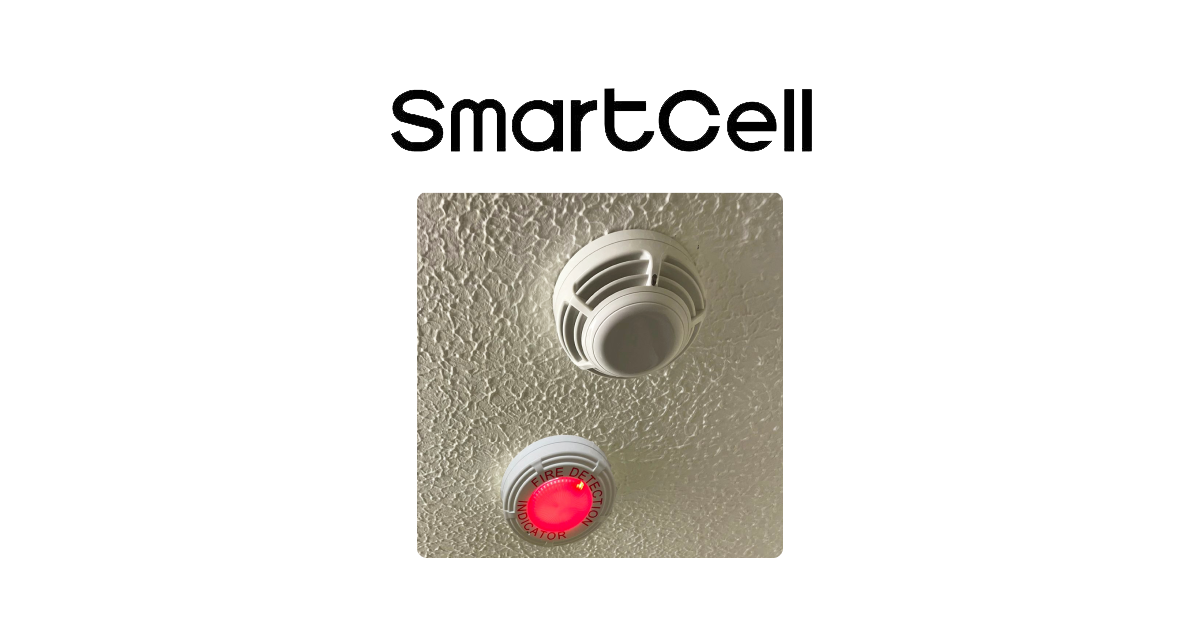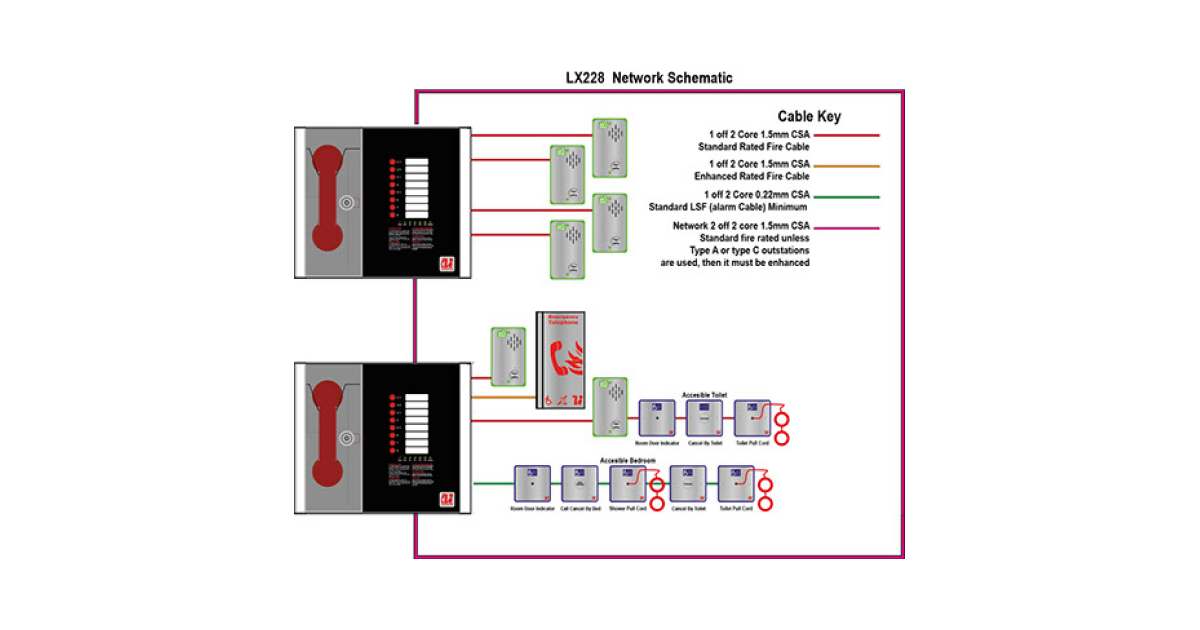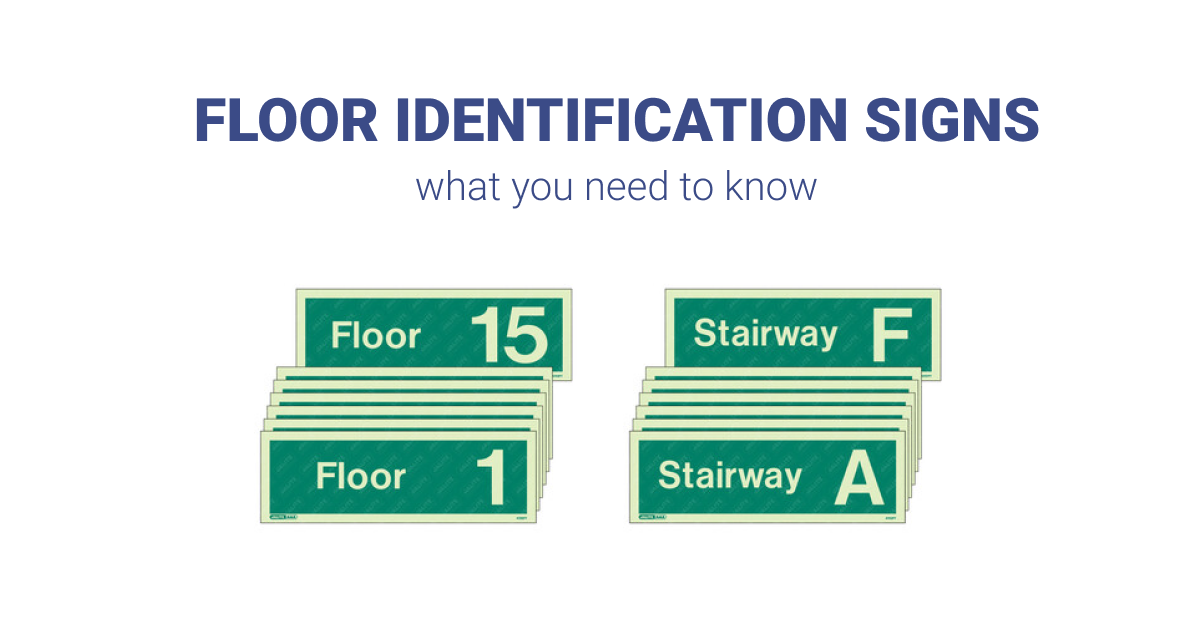
It has recently been confirmed that a couple found dead on Boxing Day 2013 died from carbon monoxide poisoning caused by a portable generator.
After storms on 24th December had left thousands of homes in the area without power, Ken and Dorothy Swallow had been using a portable generator to keep their cold and frozen food from spoiling over Christmas. The couple had been out for the day and after their return switched off the generator before retiring for the evening. Unfortunately lack of ventilation had left the house full of toxic fumes.
What is Carbon Monoxide Poisoning?
Carbon monoxide, or CO, is a colourless, tasteless and odourless gas that is extremely difficult to detect. It is produced when fuels such as oil, coal, gas and wood are burned and is often known as the silent killer. Some of the most common causes of CO poisoning are poorly installed, faulty or inadequately maintained household appliances such as cookers, heaters and boilers.
When you breathe in carbon monoxide it enters your bloodstream and mixes with haemoglobin, the part of the red blood cells that are responsible for carrying oxygen around your body. When this happens the blood is no longer able to transport oxygen which in turn causes the body’s cells and tissue to die.
What are the Symptoms of Carbon Monoxide Poisoning?
It is extremely important to be aware of the risks of carbon monoxide poisoning. Symptoms include those similar to food poisoning and the flu with the most common being headaches. Some of the key signs to look out for are:
- Dizziness or nausea.
- Vomiting.
- Tiredness and confusion.
- Stomach pain.
- Shortness of breath or difficulty breathing.
Other tell tale signs include:
- Other people in your house, flat, or workplace with similar symptoms.
- Your symptoms disappear when away on holiday, or are away from home for a period of time, but return when you come back.
- Seasonal symptoms, for example more frequent headaches during the winter when central heating is used more often.
If you experience any of these symptoms and suspect that carbon monoxide is the cause you should stop using all cooking and heating appliances immediately, open all the windows in your house or building and call the Gas Safety Advice Line on 0800 111 999.
What can be Done to Prevent Carbon Monoxide Poisoning?
There are a number of measures that can be put in place to protect you and your family from carbon monoxide poisoning. Being aware of the dangers is a good start but make sure you follow this up by ensuring that your appliances such as cookers, gas fires and boilers are serviced regularly by a qualified engineer.
A good CO alarm will detect a carbon monoxide leak and sound a loud alarm to alert you. There are a number of standalone CO alarms and CO alarms that can be integrated into an existing fire alarm available. However, we recommend the Hispec battery operated Carbon Monoxide Alarm which is a sealed, tamper-proof unit with a built-in battery. Once activated the battery lasts up to ten years, matching the life of the detector itself meaning that you don’t have to worry about changing the batteries every year or remembering to replace the detector in seven years time when it has expired, simply replace the entire unit once it indicates that the battery is running low.
Alternatively, if you are looking to integrate a CO alarm into a fire alarm system, take a look at how the CO-200 carbon monoxide alarm can be used on our recent post, Integrating CO Alarms Into a Fire Alarm System.










